I’ve yet to meet a grown-up who, at some point, hasn’t felt a bit like a hamster in the wheel – spinning mindlessly towards some opaque goal, and for some abstract, poorly understood reason.
Life can feel that way sometimes.
So you can imagine my surprise when, while visiting a small public high school in the Excelsior neighborhood of San Francisco, I encountered a group of boys working on an indeterminate project out of plywood and a handsaw.
“What are you guys doing?” I asked.
“We’re building a human-sized hamster wheel,” they replied.
Of course they were.
That’s because they were students at the June Jordan School for Equity (JJSE), where the goal of every adult is to help every young person see the world for what it is – and what it needs to become.
To do that work well, say co-directors Matt Alexander and Jessica Huang, a school must help children make sense of the world they inhabit. “This school was explicitly founded to be a force for social justice,” Huang explained, “and to do so for the kids in our city with the greatest need for it. We’re a college prep school, but our primary concern is not getting kids into college; it’s putting them in a position to have good options, and helping them see the both the oppressive aspects of our society, and the ways to make it better.
“The only way to get off the wheel,” she added, “is to realize you’re on it.”
Since its founding by a group of local parents and families in 2004, JJSE has resided in the same single-story building at the Southern edge of San Francisco, in a neighborhood that doesn’t even make it on to the tourist map.
For Excelsior’s longtime residents, the anonymity has been a good thing. Since its inception in the mid-19th century, Excelsior (which means “ever upward” in Latin) has been a refuge for working class families. Yet as median home prices continue to soar in San Francisco – and space remains finite – Excelsior is starting to gentrify, a development I heard about repeatedly during my time at the school.
“We’ve lost several of our strongest teachers in the past few years because they just couldn’t afford to stay in the city,” said Giulio Sorro, himself a longtime teacher at the school, and, like his colleagues, someone who embodies the best of the profession. “With more middle-class white parents moving in, we’re starting to hear new voices that see our black and brown kids not as assets but as deficits to their own kids. That’s going to change things. It’s already changing things.”
It may seem like the gentrification of a San Francisco neighborhood is a storyline that runs parallel to the lifeblood of a school that is trying to help its students become the first in their families to go to college, but at June Jordan, those sorts of incongruities are in fact the river running through the center of the school’s entire approach to learning.
The first hint of this occurs the moment you arrive, as I did on a recent sunny morning. The school, which shares space with a larger charter school, is surrounded by a ring of trees and greenspaces. Hillsides littered with houses, like favelas, poke up in the distance.
You must enter through a parking lot in the back, which is lined by a procession of graffiti. A particularly striking one near the school’s front doors, in colorful purple and a highly stylized script, quotes Martin Luther King to reinforce the spirit of the place:
Peace is not the absence of conflict, but the presence of justice.

At first blush, the inside of the school feels familiar: wide hallways lined with lockers, low ceilings, and hastily-tacked up posters for next week’s afterschool meeting or upcoming dance. Yet one thing, for a high school at least – let alone a high school serving young people whose lives have been disproportionately clouded by trauma and adversity – feels decidedly unfamiliar: the ubiquity of laughter and levity.
I asked Sorro about that, just before the start of his 9th grade Health class. “We have to redefine education,” he said while his students filed in around us. “What are we here for? Is it to compete with China and India? Is it to get into college? I don’t think it should be about those things.
“I believe good teaching is good teaching anywhere, but there’s a whole other mind-state here. Young people of color, coming from oppressed communities in America, it is set up for these kids not to make it – you can see it.”
In response, June Jordan’s diverse team of founders crafted a mission for the school that was designed to help young people of color “make it” in three key ways: as Community Members who live with respect, integrity, courage and humility; as Social Justice Warriors who stand against oppression and work to create positive change in themselves and their communities; and as Independent Thinkers who possess the intellectual skills they need to succeed.
There are other essential design principles. June Jordan is a small school – just 250 students. Students are assessed not by taking standardized tests, but by presenting detailed portfolios of their work. Teachers teach subjects, but their most important job is to integrate the school’s six habits of mind (perspective, relevance, original research, precision, evidence, and logical reasoning) into the curriculum. Every student has a personal advisor for all four years. And every member of the community – from students to parents to staff – has a meaningful, accountable voice that shapes the overall health and wellbeing of the school.
“Too often,” explained Mr. Alexander, who, like Ms. Huang, was a teacher at the school before becoming its co-director, “everyone in schools is driven by the spirit of compliance, or the idea that there is someone external to the school who needs to come in and turn it around. It’s the mindset of your job being to fix something, or to do something to people instead of building capacity or doing the work with people.
“But if you really believe in democracy,” he continued, “and you really believe that everyone has equal dignity and worth, then you have to build everyone’s capacity and let everyone be their best selves. The accountability has to go that way, too – our primary accountability is to one another, not to the state or to test scores. Our main job is to build that capacity and to recognize that everyone comes with strengths and abilities. But you have to create the space for people to develop that – and it’s really hard.”
I asked Alexander and Huang how the school went about doing that.
They talked about schema theory.
“We know from the research,” Huang began, “that your brain builds schemas, or organized patterns of thinking, in order to understand your environment. We’re hard-wired to look for patterns; it’s what kept us alive thousands of years ago. So everyone is doing this, all the time, and when it comes to education, we have an eerily consistent set of schemas we have all called on for generations. So the bulk of what we do is construct a new counter-narrative that helps kids see the invisible layer of schema that has held us all unnaturally in place for so long – from institutionalized racism, to inherited feelings about what a math class can and cannot be, to internalized notions of inferiority. This helps them start to figure out how to disrupt those patterns, and imagine a different set of possibilities.”
To make this more actionable, the school has developed a pedagogy that encodes what teachers like Sorro are setting out to do. Indeed, over years of work retreats, trial and error, and sustained, challenging, collegial revisions, June Jordan’s faculty and staff have articulated an approach that is, in their words, “expressly designed to help our students understand the forces of marginalization they have experienced growing up, and begin the process of freeing themselves from oppression, especially the internalized oppression which we see preventing so many students from meeting their potential.”
The physical manifestations of this are ubiquitous at the school – from a clear set of preferred teacher behaviors to the classrooms themselves, which feel like bursts of color and texture and collage, and in which probing academic and personal work is always in some vital stage of unfolding.
In one class, for example, students were using the facts from a real case to play out a scenario about sexual harassment and the creation of a hostile work environment. In another, a group was strategizing how best to show their support for students at another school that had recently experienced a widely publicized racist incident. And in Sorro’s classroom, each person was asked to briefly share one thing they did over Spring Break that had benefitted their health – and one thing that hadn’t.
“I went to Pismo Beach to drive ATVs,” said one young man, innocently enough.
“And why was that good for your health?” Sorro asked.
The answer he received was a reminder that part of the reason the school culture feels so light is because the burdens their students carry feel so heavy. “I have a lot of anxiety,” he explained, “and I have a real rage in me; sometimes going really fast is the only thing that can make me feel better.”
Later, after several other intense and highly personal recollections from the previous week, Sorro asked the group, “Is it always good spending time with family?”
“Family can be poison sometimes,” said one student. Sorro nodded calmly. Throughout the class, his demeanor stayed constant; he did not over-react to the highly charged stories, or under-react to the quotidian ones. “In my teaching I try to go to the depth and the heart of it all,” he explained. “You have to put it all out there. I believe in going to the pain – and to the love.”
That duality – the intellectual and the emotional, the pain and the love, the heavy and the light – is what makes June Jordan such a different place to go to school.
“We try to create space for real collegial accountability,” Huang explained towards the end of the day. “We have real honest conversations here about the things that matter to us. But that’s taken years to build – years to build.
“What it means now is that if you have an idea, you understand that it’s your land to work here. That’s an Emiliano Zapata line: ‘The land belongs to those who work it.’ No one is going to do it for you.”
I reflected on her words as I walked the hallways of the school, which were blanketed by quotes, murals, and personal reflections.
Written across an upraised fist above a doorway were the words of Shirley Chisholm: “You don’t make progress by standing on the sidelines, whimpering and complaining. You make progress by implementing ideas.”
Down another hallway, just past a mural honoring two former students who were shot to death, I saw a sign telling me: “Healing doesn’t mean the damage never existed. It means the damage no longer controls our lives.”
And then, just outside a classroom, I found the JJSE Secrets Wall, where all members of the community were invited to anonymously post a secret (no matter how silly or somber) – and, in so doing, perhaps feel less burdened by its weight.
I don’t like myself.
I smoke weed.
I tried to kill myself.
Depression rules my life.
I feel like my parents won’t be proud of me when I’m older.
I can’t live without my Playstation!
I grew up around drugs, police, and losing family.
It felt jarring to see such naked admissions posted so publicly, and in such an otherwise-traditional looking place. But that is precisely what makes the June Jordan School for Equity so special. Spend time here, and you will feel the dialectical pull of the world as it is, awash in both beauty and heartbreak; and the world as it ought to be – empathetic and equitable, devoid of the mindless churn of the human-sized hamster wheel, and reoriented around a different sort of body in motion: the wheel of democracy, which, though it grinds slowly, propels us steadily toward justice, and the society we seek.

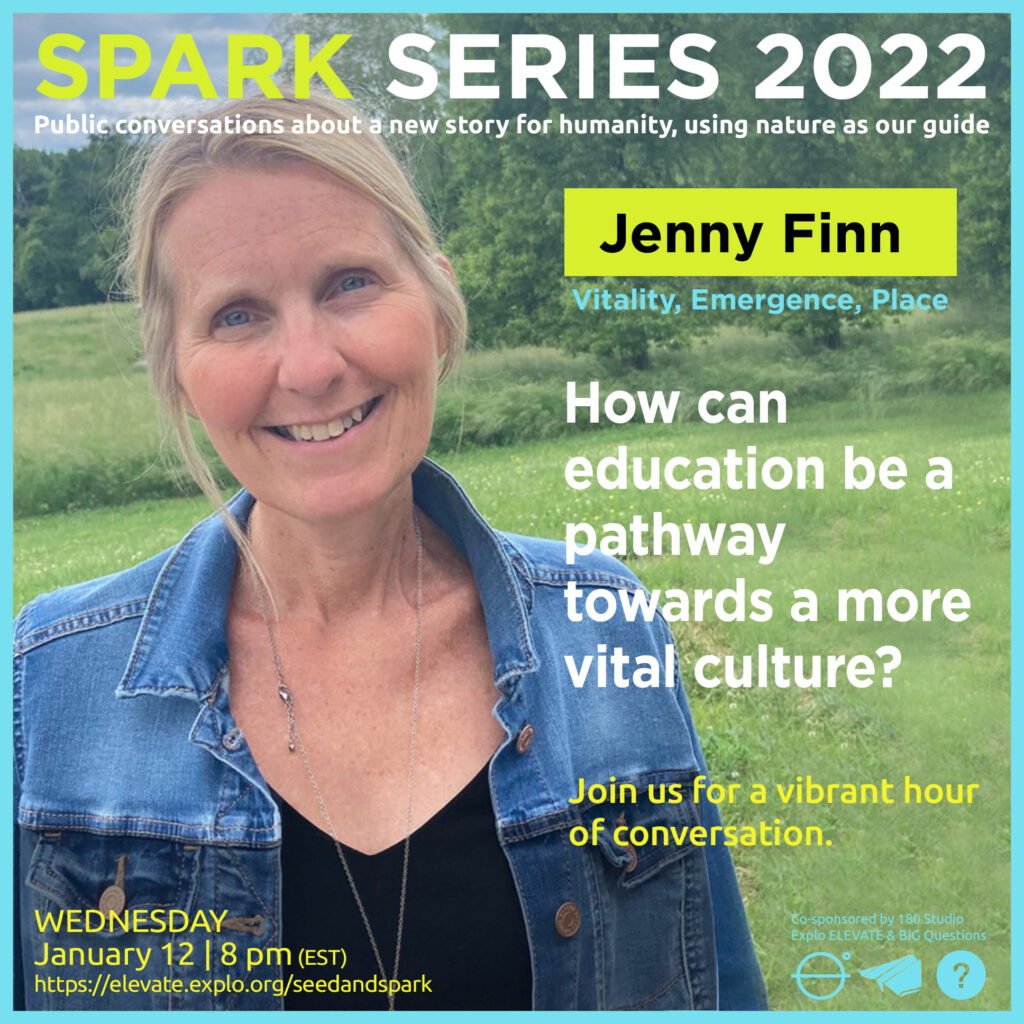
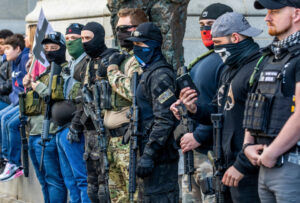
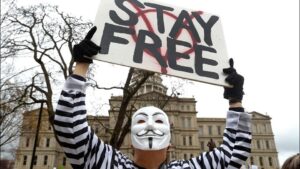
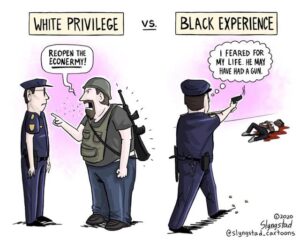
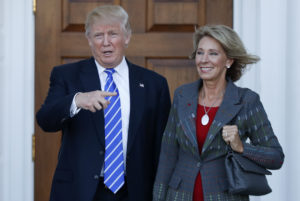
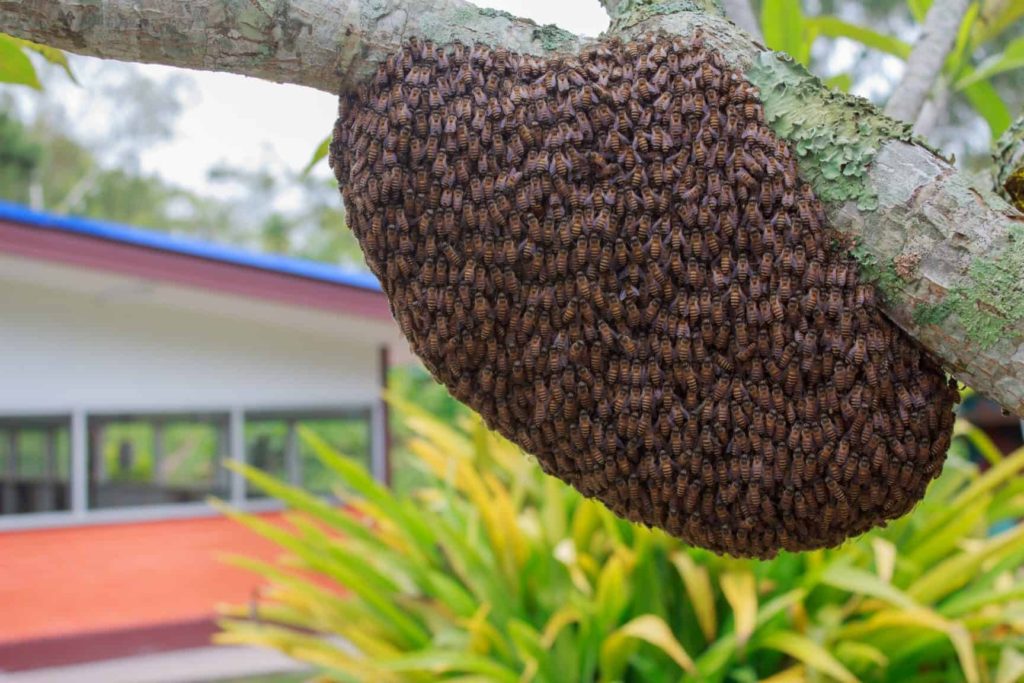



Recent Comments